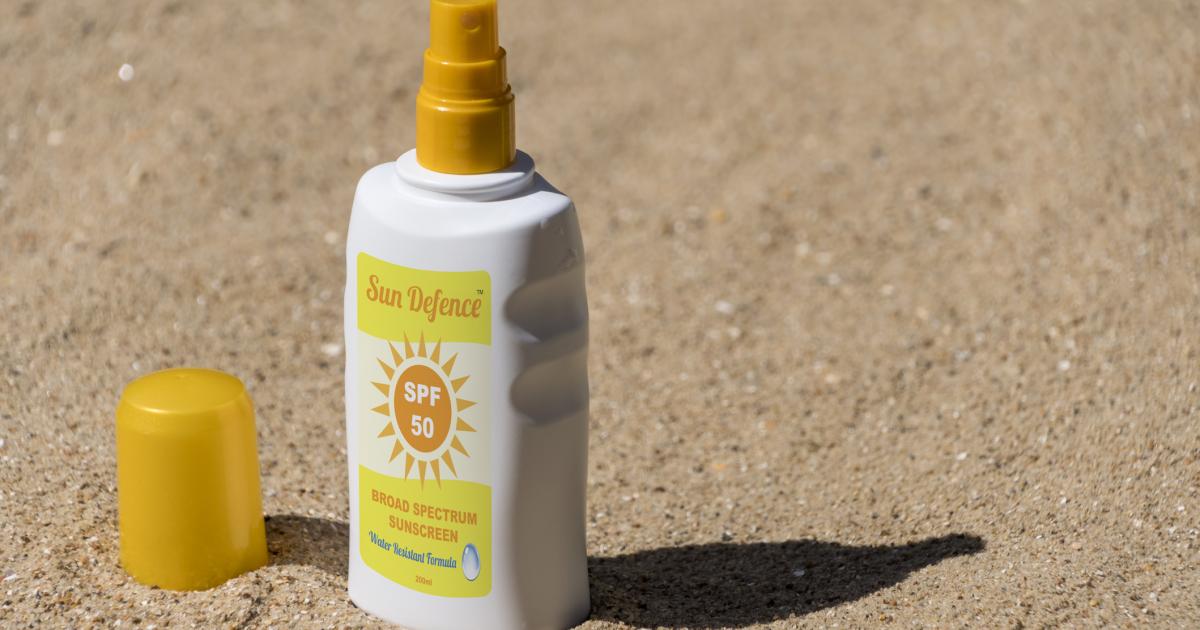- Health Care
- Politics, Institutions, and Public Opinion
- State & Local
- California
To understand the California divide over how to cope with the COVID-19 threat—many a resident happy to hunker down for the duration, with others willing to defy law enforcement in order to return to a life more ordinary—it helps to know the saga of Melvin Carter.
Carter, at last report no longer a Californian, was a serial rapist released from prison in March 1994 after serving roughly one-half of his 25-year sentence; he had pled no contest to 23 counts of rape, assault, and burglary, as well as confessed to as many as 100 rapes.
In order to keep the felon from returning to his criminal ways, state authorities placed him in a forestry camp (wearing a tracking device and under 24-hour surveillance) seven miles outside of Alturas, a small town in the heart of Modoc County—the northeastern corner of California known for a lush national forest and a decided lack of human beings (with fewer than 9,000 inhabitants, Modoc County’s population translates to about two people per square mile).
And that didn’t sit well with the locals. As a sheriff from a neighboring county put it: “I think the state needs to be taken on.”
Twenty-plus years later, Modoc County found itself once again taking on the state—in this instance reopening churches, hair salons, and restaurants (and the county’s only movie theater) in defiance of the statewide stay-at-home order. The county’s reasoning: at the time, it had zero cases of infection due to the coronavirus.
The act of defiance is a reminder that, for all the talk of California as a nation-state (I plead guilty to overusing the term, much to my editor’s chagrin), America’s 31st state is a republic of 58 counties that differ greatly in size (Los Angeles County’s population is 1,150 times that of Modoc County) and disposition (in 2016, Trump received 71.2% of the vote in Modoc County; Hillary Clinton received 71.8% of Los Angeles County’s vote).
It’s not the first time that California has witnessed an attitudinal difference between its progressive population along the coast and the more conservative population inland. A decade ago, I recall driving north and south along Interstate 5, only to see “Impeach Pelosi” signs along the highway—a reflection of the Central Valley’s disdain for the House Speaker’s views on federal land and water policy, with perhaps a splash of San Francisco–fueled hostility to boot.
Meanwhile, California’s governor received another geography lesson: the state’s public beaches aren’t necessarily the best places to draw a line in the sand.
A week ago, Gavin Newsom ordered the shuttering of Orange County beaches in response to images of Californians disobeying social distancing in favor of sun and sand. After a ferocious pushback from local officials that included legal action, the governor worked out a deal to allow public access to the coastline for “active recreation” (i.e., swimming and surfing, as well as walking, running, and biking).
Newsom, assuming he’s a student of California history, should have known better than to come across as the “heavy” in a squabble over beach access. Previously, as lieutenant governor and a voting member of the California Coastal Commission, he favored the state’s exploring the option of employing eminent domain to seize Northern California coastal property belonging to billionaire Vinod Khosla (the matter’s still unresolved; earlier this year, both the state and Khosla filed lawsuits claiming control of Martin’s Beach, a popular surfing spot about an hour’s drive south from San Francisco).
An alert staffer might also have directed the governor’s attention to David Geffen, the billionaire entertainment magnate (of Spielberg-Katzenberg-Geffen fame) who spent three years in court trying to keep the public off his piece of Malibu’s Carbon Beach, only to lose the argument—and be forced to pick up the legal tab for the nonprofit that challenged him.
Beaches, it would seem, are a third rail for those who would discourage the public’s access to the sea. Perhaps it’s the state’s inveterate love for the great outdoors—California is, after all, the rare land where oceans, mountains, foothills, valleys, and deserts are part of the one state’s multi-dimensional landscape.
And maybe it also is a reflection of the beach being—well, oh so California. Blame it on music (1950s–1960s surf music; Beach Boys, plus assorted ’80s MTV videos) and television (Gidget, Baywatch, and most any Los Angeles–based series where the action eventually heads to the shore).
But public beaches aren’t the only aspect of the California existence that has proven to be problematic for California lawmakers.
When I worked in Sacramento a quarter of a century ago, one certain way to assemble an angry mob at the State Capitol was to stage a protest over auto regulations. In September 1996, for example, an estimated 3,000 Californians turned out to demand a halt to the state’s Smog Check II policy (enacted two years earlier to put California in compliance with the federal Clean Air Act of 1992, the law gave state officials the authority to seize polluting vehicles). Among the signs seen on the grounds of the State Capitol that day: “Kiss My Gas” and “First, you came for our guns, now you come for our cars!”
Several years later, a California governor lost his job—thanks in part to a change in the state’s vehicle license fee. That governor, Gray Davis, justified a tripling of the state’s annual vehicle license fee as necessary to balance a recession-racked budget. Davis’s challenger in California’s 2003 recall election rebranded the vehicle license fee as a “car tax”—driving home his point, quite literally, by dropping a wrecking ball on a beat-up Oldsmobile to illustrate his sincerity in repealing the higher fee (which Arnold Schwarzenegger did as his first order of gubernatorial business).
Seventeen years after Davis’s fiscal crisis, it’s Newsom’s turn to figure how to balance the books—at last look, a $54.3 billion shortfall, or almost one-fourth of the now defunct $222 billion budget that Newsom proposed back in January for 2020–21. (Adding the $147.8 billion general fund budget and $61 billion in “special funds,” California’s current state budget, which expires at the end of June, approaches $209 billion).
How will Newsom square the budget? With some help from Washington, he hopes.
We’ll see if the governor’s ultimate decision affects your access to California’s beaches—or the automobile that maybe takes you there.
















